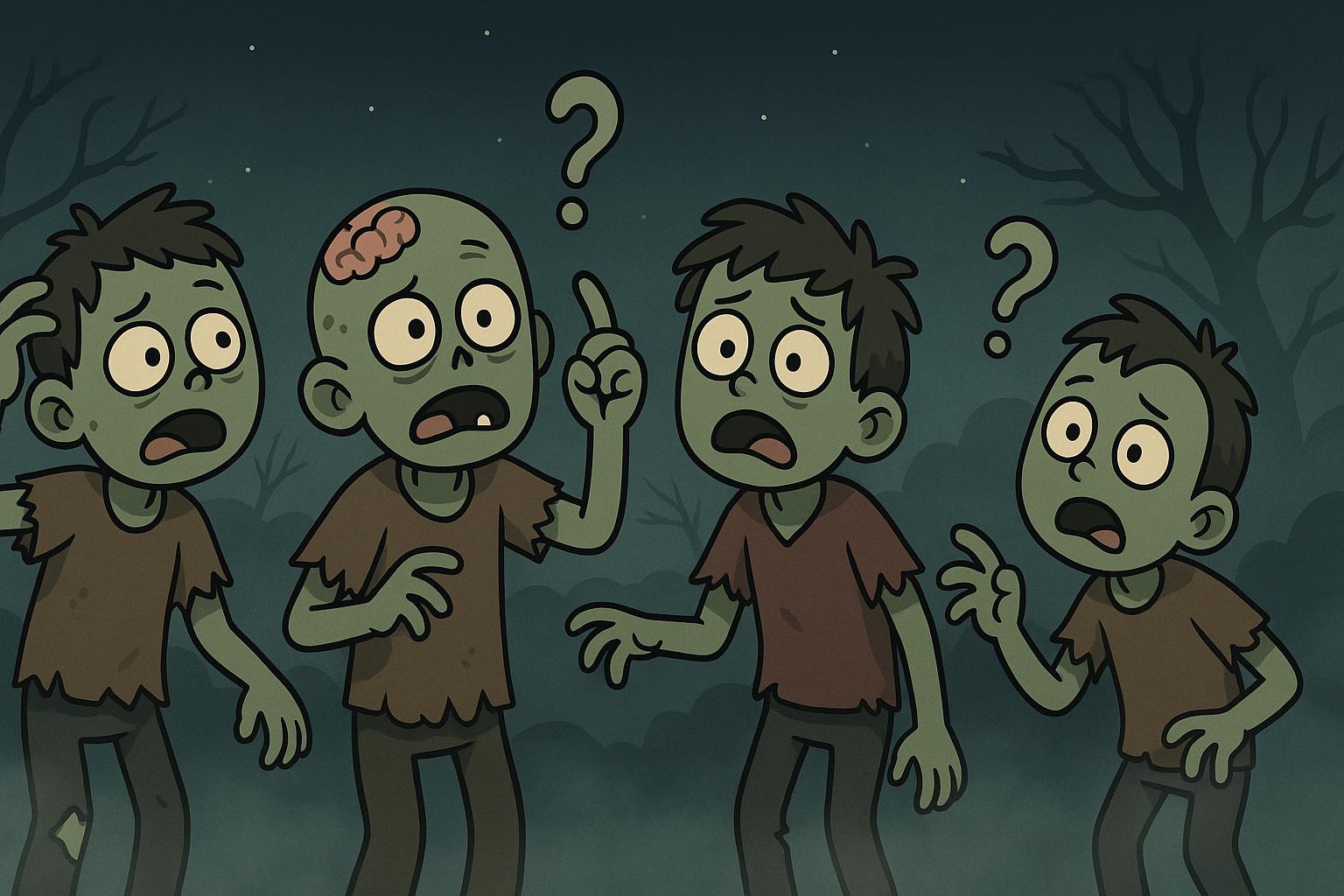How to Spot Passive Voice (and Why “By Zombies” Might Save Your Story)

When Your Story Slows Down: It Might Be the Passive Voice
I’ve been beta reading lately and found myself nodding at familiar patterns—the same ones I used to write when I was starting out.
You know the ones: long, careful paragraphs explaining backstory. The “here’s everything you need to know before the real story starts” opening.
It’s not bad writing. It’s just safe (aka boring) writing.
And that safety often hides one of the biggest culprits for a sluggish opening: passive voice.
My Own “Passive Voice Era”
Confession time: it took me my entire trilogy before I finally noticed just how often I was doing it.
When I finished the third book, I looked back and saw passive phrasing everywhere.
I couldn’t just tweak a few lines because I realised the problem ran deep through all three books.
So, after releasing the final book, I went back and rewrote the entire trilogy.
Yep. Every. Single. One. And yes, it sucked!
It was a mammoth job. Yes, there were moments where I wondered what on earth I was thinking, but it was so worth it.
Because here’s the truth: every pass through your writing is a chance to level up your craft.
It’s always worth improving your words, even when it’s hard. Especially when it’s hard.
The “By Zombies” Trick (from Rebecca Johnson)
If you want a quick, unforgettable way to catch passive voice, try this gem from writer Rebecca Johnson on X (Twitter):
Add the words “by zombies” after every verb.
If the sentence still makes sense, it’s passive.
If it doesn’t, it’s active.
Examples:
-
“She was eaten by zombies.” → ✅ Passive.
-
“Zombies ate by zombies her.” → ❌ Active (and nonsense).
It’s hilarious, and it works!
Once you’ve tried it, your brain will start spotting passive phrasing before it hits the page.
Why Passive Voice Drains Energy
Passive voice shifts focus away from whoever’s actually doing the thing.
It’s the difference between watching through fogged glass and being dropped straight into the scene.
Passive:
The door was opened by the guard.
Active:
The guard shoved the door open.
One reports. The other lives.
When your sentences sound like summaries instead of experiences, that’s your signal to switch gears.
How to Train Your Brain for Active Voice
-
Ask: “Who’s doing this?” Make them the heartbeat of the sentence.
-
Let readers discover your world through your characters’ senses—not an opening lecture.
-
Think like a camera: zoom in on movement, breathe, and react. Keep it happening now, not once upon a time.
In the End
Active voice isn’t about grammar rules, it’s about momentum and connection.
It pulls your reader from the sidelines and drops them in the scene, mud on their boots and heartbeat racing.
So if your story feels a little detached, try the zombie test, or ask yourself:
“Could I make this happen right now instead of describing that it once did?”
And remember—your writing will keep evolving. Mine certainly is.
Rewriting that trilogy wasn’t just editing; it was proof that growth never stops.
Or, to say it simply:
The more alive your sentences feel, the more your story does too.
